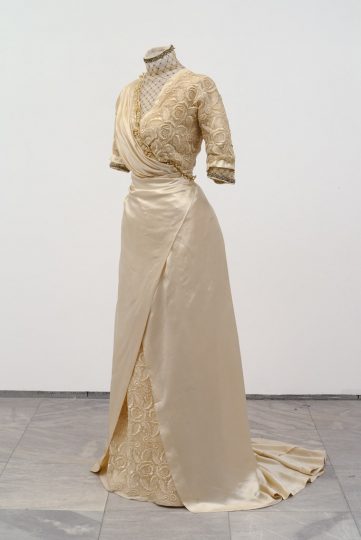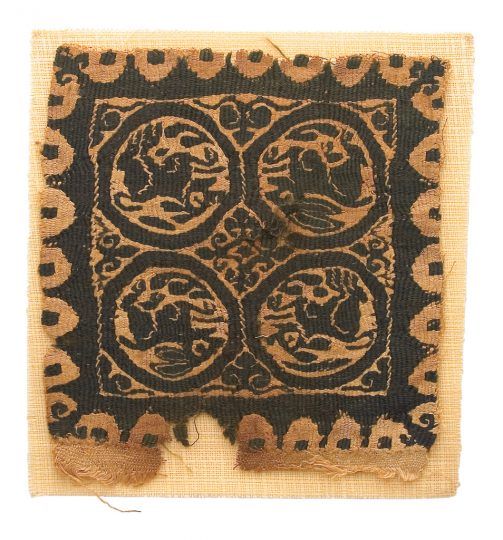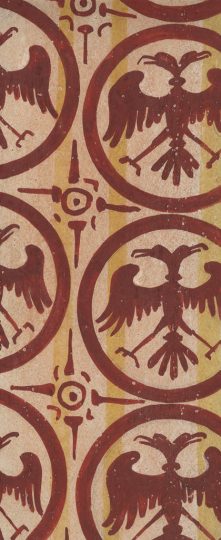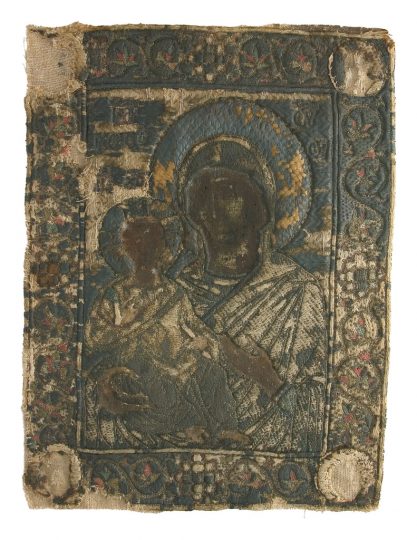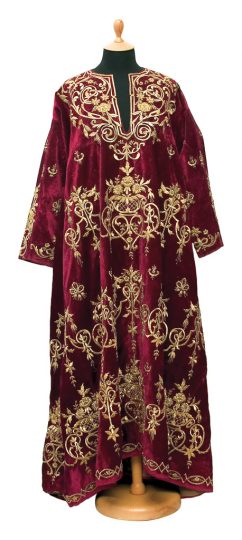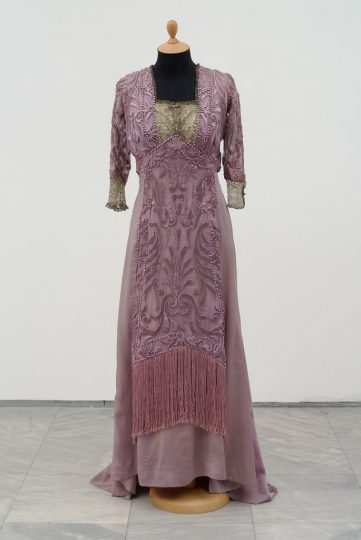The Collection of Textile and Costume preserves the objects created over a wide time span – from the 4th century A.D. right up to the first decades of the 20th century. The key collections of textile include the collection of Coptic fabrics, collection of European tapestries, and collection of Pirot kilims. A significant collection is the one holding copies of fresco motifs from the churches and monasteries in Serbia and the region. The Collection keeps the Ohrid embroidered icon of the Virgin Mary with Christ dated back to the 14th century, as well as several paintings on textile by a pioneer of Yugoslav design, Dragutin Inkiostri Medenjak, created around 1910. Particularly attractive is the collection of fashion and accessories, the basis of which represent the items belonging to the corpus of urban dress in Serbia, Vojvodina, and Kosovo and Metohija during the 19th and the first decades of the 20th century.
Curator: Draginja Maskareli, Museum Advisor

